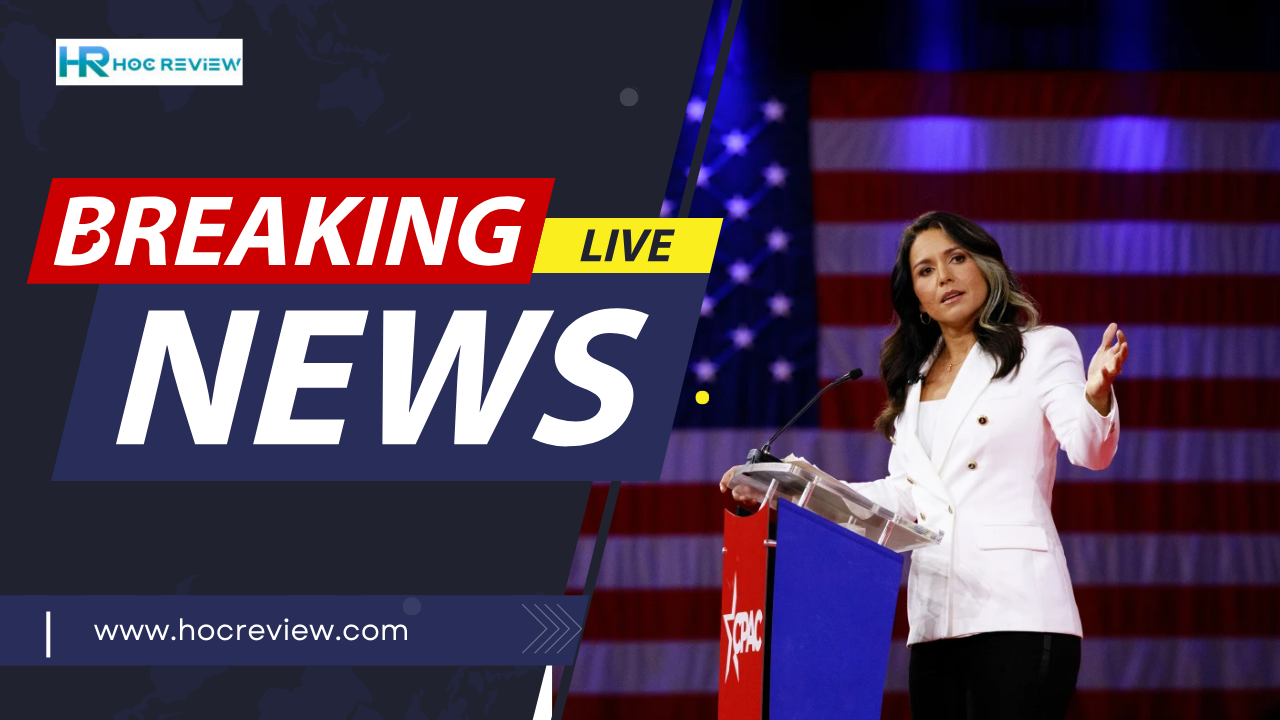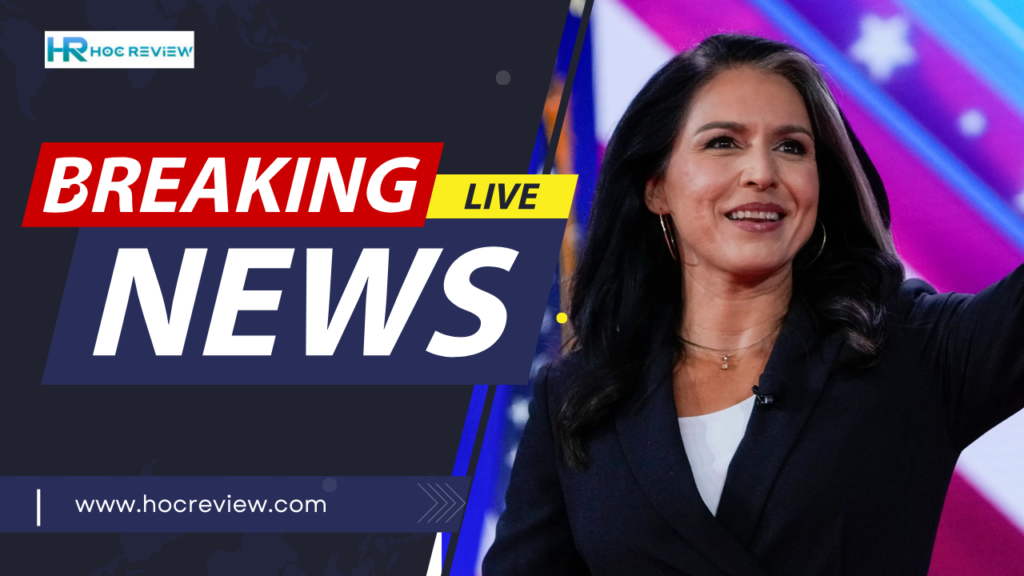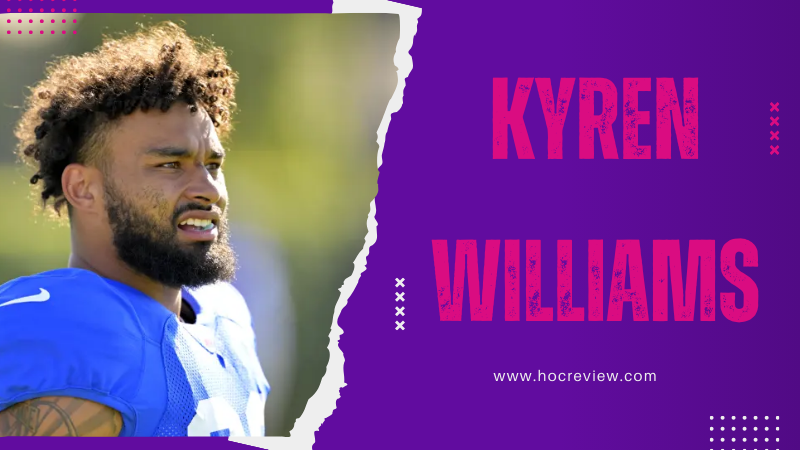President-elect Donald Trump has selected Tulsi Gabbard as his pick for director of national intelligence. Known for her military service and significant political shift from Democrat to Republican, Gabbard’s appointment has drawn considerable attention.
Her background as a former U.S. Representative for Hawaii and her outspoken views on U.S. foreign policy make her a fascinating choice. But who exactly is Tulsi Gabbard in the context of Trump’s administration?
Gabbard is an intriguing figure; her journey from endorsing Bernie Sanders in 2016 to backing Trump in 2024 shows a notable political evolution.
Trump praised Gabbard’s “fearless spirit”, highlighting her strong stance on key issues and her dedication to national security.
Let’s dive deeper into why Trump, along with others in his administration, views her as an asset to his cabinet.
Tulsi Gabbard’s Role as Director of National Intelligence
The role of the director of national intelligence (DNI) is crucial within the U.S. government. As DNI, Gabbard will oversee intelligence agencies, ensuring national security and policy alignment with U.S. objectives.
However, Gabbard’s nomination will require Senate confirmation, where her past remarks and controversial stance on certain issues may spark debate.
The primary responsibility of this role involves coordinating intelligence efforts across agencies to safeguard U.S. interests.
Although Gabbard doesn’t possess a traditional intelligence background, her extensive experience in military service and congressional work on committees like the Armed Services and Homeland Security could provide valuable insights.
Her position as DNI comes with challenges, especially given her past criticisms of U.S. involvement in Ukraine. As she steps into this influential role, Gabbard will face scrutiny on her ability to balance her anti-interventionist beliefs with national security demands.
Key Figures in Trump’s New Cabinet
Gabbard isn’t the only high-profile addition to Trump’s national security team.
With Rep. Michael Waltz selected as national security adviser, John Ratcliffe as CIA director, and Pete Hegseth as secretary of defense, Trump has assembled a team that aligns closely with his administration’s objectives.
Each member brings their unique expertise and perspectives, setting the stage for an assertive approach to national security.
As Gabbard joins these key figures, it will be interesting to observe how their combined strategies shape U.S. foreign policy. While Waltz and Ratcliffe emphasize national defense, Gabbard’s stance often leans towards cautious non-intervention.
This team dynamic may reflect Trump’s evolving stance on international conflicts, such as those in Eastern Europe and the Middle East.

Tulsi Gabbard’s Foreign Policy Stance
One of the most discussed aspects of Gabbard’s political career is her strong foreign policy stance. She has voiced opposition to U.S. intervention in Ukraine and criticized NATO’s role, arguing that NATO expansion has provoked tensions with Russia.
This perspective challenges mainstream U.S. foreign policy and has stirred mixed reactions.
Moreover, Gabbard’s past comments on Syrian President Bashar al-Assad—whom she met during a fact-finding trip—highlight her distinctive approach to diplomacy.
Although she later described Assad as a “brutal dictator,” Gabbard believes in diplomacy over intervention, a view that contrasts with more aggressive policies often seen in the U.S. defense strategy.
For those interested in the Department of government transparency and efficiency and how Gabbard’s views fit within that structure, her role might influence the emphasis on measured diplomacy rather than hasty military involvement.
Tulsi Gabbard’s Military and Congressional Background
Gabbard’s military background is impressive, with over 20 years in the Army National Guard and deployments to Iraq and Kuwait.
Her service adds to her credentials, especially as she takes on the role of overseeing intelligence and national security operations. She brings firsthand experience and an understanding of the complexities faced by servicemembers and veterans.
During her congressional career, Gabbard served on influential committees, including Armed Services, Homeland Security, and Foreign Affairs.
This experience equipped her with a solid understanding of U.S. defense policy and interagency coordination—an asset for her new position as DNI.
Her knowledge of these committees will likely influence her decisions as she steps into Trump’s cabinet.
Gabbard’s expertise in defense, combined with her critical perspective on intervention, could shape a unique and possibly redefined approach to national intelligence.

Tulsi Gabbard’s Political Shift and New Republican Alliance
Gabbard’s political evolution from Democrat to Republican has captivated many. In 2016, she made headlines by stepping down from her position as vice chair of the Democratic National Committee to endorse Bernie Sanders.
Fast forward to 2022, Gabbard publicly left the Democratic Party, voicing concerns about what she described as the party’s alignment with an “elitist cabal of warmongers.”
Her decision to endorse Trump in 2024 reflects her commitment to a different vision for the country, one that challenges her previous affiliations.
Robert F. Kennedy Jr., another former Democrat who shifted his stance, joined her as co-chair of Trump’s transition team. Together, they represent a unique group of former Democrats now aligning with Republican ideals.
Public and Political Reactions to Gabbard’s Appointment
Unsurprisingly, Gabbard’s nomination has sparked reactions from both sides of the political spectrum.
Many Republicans appreciate her dedication to non-interventionist policies, while some Democrats remain skeptical due to her political realignment and critiques of Democratic policies.
Influential figures, such as Bernie Sanders and Hillary Clinton, have had notable interactions with Gabbard.
In 2019, Clinton implied that Gabbard was being “groomed” by Russia, which led to a high-profile, though brief, defamation lawsuit. Meanwhile, Sanders has remained relatively neutral, recognizing Gabbard’s past support while not commenting on her recent shift.
Gabbard’s cabinet appointment reflects the growing ideological diversity within U.S. politics and the broader implications of her views on foreign policy and national security.
Conclusion
As Tulsi Gabbard steps into her new role in Trump’s cabinet, her journey offers valuable insights into political transformation and national security policy.
Let’s continue the conversation—share your thoughts, leave a comment, or explore more content on hocreview.com.







